4.6 Exercises
Assume diodes are silicon unless stated otherwise
Analysis Problems
- Plot the load line for the circuit of Figure 4.7.1.
VCC = 20 V, VEE= −8 V, RB = 7.5 kΩ, RE = 10 kΩ, RC= 12 kΩ.
Figure 4.7.1 - Determine the new Q point for Problem 1 if β = 250.
- Plot the load line for the circuit of Figure 4.7.2.
VEE = 5 V, VCC = −18 V, RB = 22 kΩ, RE = 1.2 kΩ, RC = 1.5 kΩ.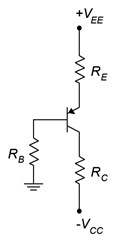
Figure 4.7.2 - Determine the new Q point for Problem 3 if β = 50.
- Plot the load line for the circuit of Figure 4.7.3.
VCC = 20 V, R1 = 15 kΩ, R2 = 5 kΩ, RE = 4.3 kΩ, RC = 9.1 kΩ. - Determine the new Q point for Problem 5 if β = 150.
- Plot the load line for the circuit of Figure 4.7.4.
VEE = 16 V, R1 = 12 kΩ, R2 = 4.7 kΩ, RE = 6.2 kΩ, RC = 10 kΩ.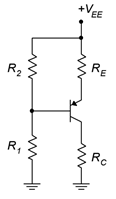
Figure 4.7.4. - Determine the new Q point for Problem 7 if β = 200.
- Plot the load line for the circuit of Figure 4.7.5.
VCC = 12 V, RB = 560 kΩ, RC = 3.3 kΩ.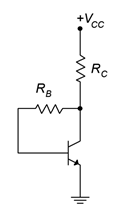
Figure 4.7.5. - Determine the new Q point for Problem 9 if β = 75.
- Plot the load line for the circuit of Figure 4.7.6.
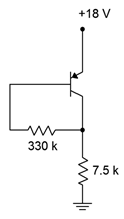
Figure 4.7.6 - Determine the new Q point for Problem 11 if β = 200.
- Plot the load line for the circuit of Figure 4.7.7.
VCC = 15 V, RB = 470 kΩ, RE = 560 Ω, RC = 3.3 kΩ.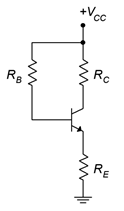
Figure 4.7.7. - Determine the new Q point for Problem 13 if β = 170.
- Plot the load line for the circuit of Figure 4.7.8.
- Determine the new Q point for Problem 15 if β = 75.
- Plot the load line for the circuit of Figure 4.7.9.
VEE = 18 V, RB = 680 kΩ, RE = 270 Ω, RC = 3.9 kΩ. - Determine the new Q point for Problem 17 if β = 200.
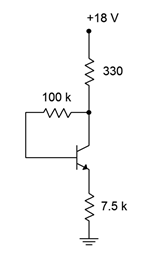
Figure 4.7.8 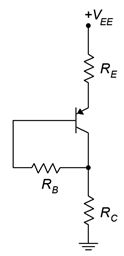
Figure 4.7.9
Design Problems
- Determine a value for RE in the circuit of Figure 4.7.1 to set IC = 2 mA.
Use VCC = 20 V, VEE = −8 V, RB = 10 kΩ, RC = 4.6 kΩ. - Determine a value for RC in the circuit of Figure 4.7.2 to set VCE = 10 V.
Use VCC = −25 V, VEE = 6 V, RB = 15 kΩ, RE = 6.8 kΩ. - 21. Determine a value for RC in the circuit of Figure 4.7.3 to set VCE = 8 V.
Use VCC = 24 V, R1 = 22 kΩ, R2 = 10 kΩ, RE = 4.6 kΩ. - Determine new values for R1 and R2 in the circuit of Figure 4.7.4 in order to set IC = 500 µA.
VEE = 22 V, RE = 15 kΩ, RC = 6.8 kΩ.
Challenge Problems
- Determine the maximum and minimum values for IC in Problem 1 if every resistor has a 10% tolerance.
- Determine the maximum and minimum values for VCE in Problem 3 if every resistor has a 5% tolerance.
- Determine a value for RE in the circuit of Figure 4.7.3 to set VCE = 10 V.
VCC = 30 V, R1 = 12 kΩ, R2 = 3 kΩ, RC = 8.2 kΩ. - Derive Equation 4.16.
- Determine the the power drawn from the supply for the circuit of Problem 5. 28. Using a 15 volt power supply, design a bias circuit to create a very stable Q point of 2 mA and 5 volts.
Computer Simulation Problems
- Perform a series of DC simulations to test the Q point stability versus β of the circuit of Problem 1.
- Perform a Monte Carlo simulation to investigate the Q point stability of the circuit of Problem 5 if the emitter resistor has a 10% tolerance.

